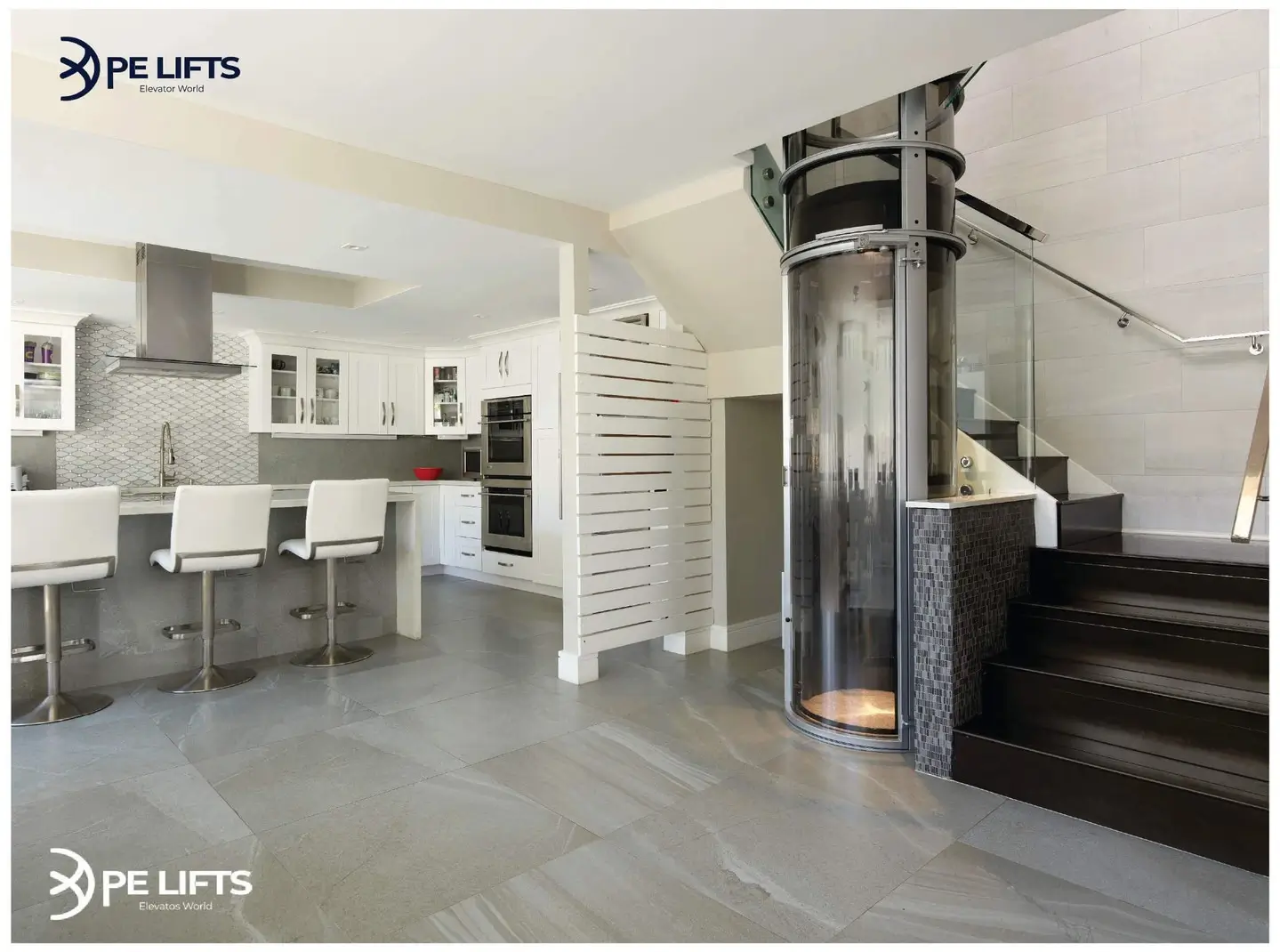Introduction
Elevators play a crucial role in modern buildings, offering convenience, accessibility, and efficiency. However, to ensure their continuous and safe operation, regular maintenance is essential. Proper elevator maintenance practices prevent malfunctions, reduce downtime, and enhance passenger safety. This article explores the best maintenance practices for elevators, highlighting the importance of routine inspections, compliance with safety regulations, and the benefits of proactive maintenance.
Importance of Regular Elevator Maintenance
Elevator systems consist of complex mechanical and electrical components that require regular servicing to function optimally. Failure to conduct routine maintenance can lead to operational failures, safety hazards, and costly repairs. Key reasons why elevator maintenance is essential include:
- Safety Assurance – Prevents sudden breakdowns and ensures passengers’ safety.
- Extended Lifespan – Reduces wear and tear, increasing the longevity of elevator components.
- Regulatory Compliance – Meets building codes and safety regulations.
- Enhanced Performance – Minimizes noise, vibration, and operational inefficiencies.
- Cost Savings – Avoids expensive emergency repairs by addressing minor issues early.
Essential Elevator Maintenance Practices
1. Routine Inspections and Servicing
Regular inspections help identify potential problems before they escalate into serious issues. Elevator maintenance professionals should check for:
- Door Operation: Ensuring smooth opening and closing.
- Control Panel & Wiring: Inspecting for faulty wiring and software glitches.
- Cabin & Counterweight Balance: Checking for smooth rides and alignment.
- Emergency Features: Testing alarm systems, emergency lighting, and power backup.
2. Lubrication of Moving Parts
Lubrication is essential to prevent friction-related wear and tear on key components, including:
- Guide Rails – Ensure smooth movement of the elevator cab.
- Pulleys and Bearings – Prevent excessive wear on the traction system.
- Door Mechanisms – Ensure silent and efficient opening and closing.
3. Cable and Pulley Inspection
Cables and pulleys experience significant stress during daily elevator operations. Maintenance teams should:
- Check for Wear and Fraying – Replace worn-out cables to avoid sudden failures.
- Inspect Tension Levels – Ensure proper tension to prevent slipping.
- Monitor Pulley Alignment – Keep all pulleys aligned to avoid uneven wear.
4. Testing Braking System
Brakes are critical for elevator safety. Proper maintenance includes:
- Brake Pad Examination – Checking for worn-out pads and replacing them when necessary.
- Testing Emergency Stop Mechanisms – Ensuring the elevator halts safely in emergencies.
- Hydraulic System Inspection – Checking for leaks and fluid level maintenance in hydraulic elevators.
5. Regular Software and Electrical System Updates
Modern elevators are equipped with advanced electronic control systems that require updates to optimize performance. Key tasks include:
- Updating Elevator Software – Enhancing efficiency and integrating new safety features.
- Checking Sensors & Switches – Ensuring responsive control systems.
- Verifying Backup Power Sources – Testing battery backups and generators in case of power failures.
6. Cleaning and Ventilation Maintenance
A clean and well-ventilated elevator ensures passenger comfort and prolongs the system’s lifespan. Maintenance personnel should:
- Clean the Elevator Shaft – Remove dust, debris, and obstructions.
- Inspect Ventilation Fans – Ensure proper airflow within the elevator cabin.
- Sanitize Elevator Buttons & Panels – Maintain hygiene for passenger safety.
7. Compliance with Safety Regulations
Adhering to national and international safety standards is crucial for elevator operation. Regular audits and certifications should include:
- Local Building Codes Compliance – Ensuring adherence to municipal elevator codes.
- Safety Certification Renewals – Keeping up with industry certifications.
- Fire & Earthquake Preparedness – Verifying emergency response mechanisms.
Common Elevator Issues and Troubleshooting
Despite regular maintenance, elevators may still encounter operational challenges. Some common issues include:
1. Slow or Jerky Movement
- Possible Cause: Worn-out cables or lubrication issues.
- Solution: Inspect and replace cables, ensure proper lubrication.
2. Door Malfunctions
- Possible Cause: Misaligned sensors or debris in the tracks.
- Solution: Clean tracks, check and calibrate sensors.
3. Strange Noises
- Possible Cause: Loose components or insufficient lubrication.
- Solution: Tighten parts, apply appropriate lubricants.
4. Sudden Stops or Power Failures
- Possible Cause: Electrical malfunctions or battery backup failure.
- Solution: Inspect wiring, test battery backups regularly.
Benefits of Preventive Elevator Maintenance
Investing in preventive maintenance has long-term advantages for building owners and occupants:
- Minimized Downtime – Ensures smooth elevator operation without unexpected breakdowns.
- Cost Efficiency – Reduces repair costs and extends component lifespan.
- Improved Passenger Experience – Ensures reliability and smooth travel.
- Enhanced Property Value – Well-maintained elevators increase real estate appeal.
Conclusion
Proper elevator maintenance practices are crucial for ensuring safety, efficiency, and longevity. By implementing routine inspections, lubrication, electrical updates, and compliance checks, building owners can prevent malfunctions and costly repairs. Investing in a proactive maintenance strategy not only enhances passenger safety but also optimizes operational performance.
For top-tier elevator maintenance services, partnering with professional PE Lifts technicians guarantees long-term reliability and efficiency. Schedule a maintenance plan today and keep your elevators running smoothly!

